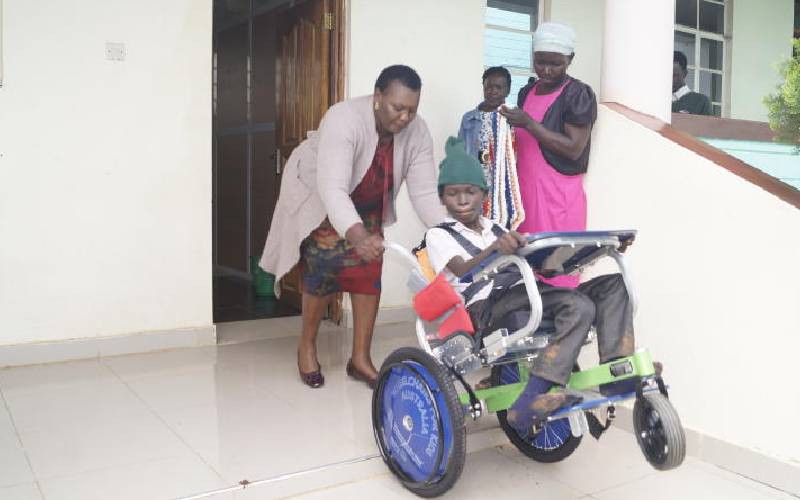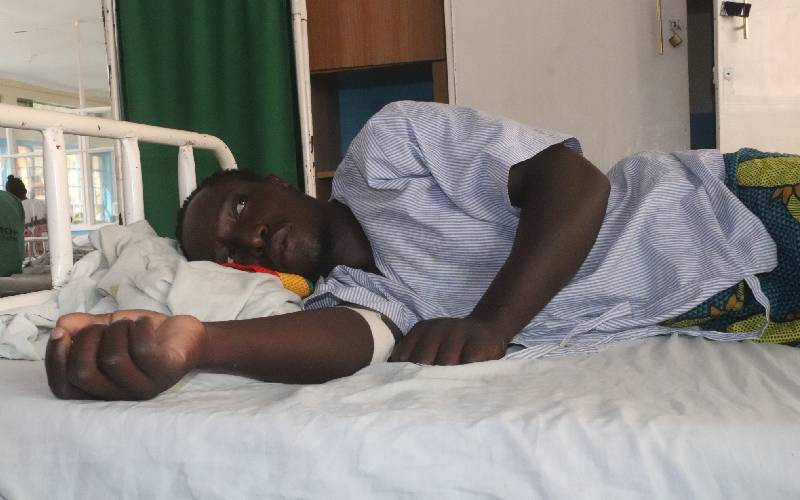How upgrading China-South Asia economic and trade cooperation bolsters regional development
How upgrading China-South Asia economic and trade cooperation bolsters regional development
At the 9th China-South Asia Expo held in Kunming, capital of southwest China's Yunnan Province, Sri Lankan businessman U.A. Ajith showcased more than just his products.

The opening ceremony of the 9th China-South Asia Expo is held in Kunming, southwest China's Yunnan Province, June 19, 2025. (Photo: CGTN)
Shifting his focus from individual coconut shell crafts to developing a comprehensive coconut industry chain, Ajith's business transformation exemplifies the broader evolution of the expo, from a platform of display to one that fosters deep industrial integration, green innovation and regional coordination.
The expo has fostered economic and trade cooperation between China and South Asian countries, providing steady momentum for regional growth and injecting greater certainty to the global economy.
Launched in 2013, the expo has grown in both size and scope. This year's event, with Sri Lanka as the country of honor, welcomed participation from 73 countries, regions and international organizations, and brought together over 2,500 enterprises from across South and Southeast Asia.
The number of pavilions has expanded from six to 16, with nearly 70 percent now dedicated to professional sectors such as manufacturing, green energy, the coffee industry and traditional Chinese medicine.
In 2024, trade between China and South Asia reached nearly 200 billion U.S. dollars, doubling over the past decade with an average annual growth rate of 6.3 percent, according to data from the Ministry of Commerce of China.

Brass handicrafts from Pakistan on display at the China-South Asia Expo. (Photo: CGTN)
China has maintained its status as the largest trading partner for countries like Pakistan and Bangladesh. South Asian products, from Nepalese cashmere and Afghan lapis lazuli to Indian jewelry and Sri Lankan tea and spices, continue to find favor among Chinese consumers.
To further support South Asian exports, China has taken concrete steps, including launching joint research initiatives with Pakistan, promoting seafood exports from the Maldives, and establishing trade groups with Bangladesh and Sri Lanka.
"China's willingness to import more high-quality goods and services is encouraging for Sri Lankan producers, particularly in sectors such as agriculture, aquaculture, apparel, and wellness products," said Prasad Wijesuriya, general secretary of the Sri Lanka-China Friendship Association, adding that the strengthening of trade ties with China reinforces their confidence in a shared future built on mutual benefit, fairness and global cooperation.
While consolidating cooperation in traditional fields, China and South Asian countries have expanded cooperation in emerging fields, such as new energy, photovoltaics, electric vehicles, digital technology and cross-border e-commerce, to achieve complementary advantages.
"China's development in green technology is a beacon for us. By sharing knowledge and investing in sustainable projects, we can create jobs, protect our environment, and ensure our economies thrive for generations," said Ahmed Nazim, deputy speaker of the People's Majlis of the Maldives.
Amid the rising global challenges of unilateralism and protectionism, the expo reflects China's commitment to openness and its support for the multilateral trading system.
Vietnamese Deputy Prime Minister Tran Hong Ha stated that the expo symbolizes shared opportunities among the economies of China, South Asia and ASEAN, aiming for harmonious, sustainable and inclusive common development.
"The expo plays a vital role in developing regional partnerships and strengthening economic ties between South Asian countries. In today's interconnected world, such initiatives are crucial for the welfare and prosperity of nations," said Mawlawi Abdul Salam Hanafi, an acting deputy prime minister of Afghanistan's interim government.

People sample coffee at the 9th China-South Asia Expo in Kunming, the capital of southwest China's Yunnan Province, June 19, 2025. (Photo: VCG)
Beyond the expo, China continues to deepen ties with South Asian countries in other ways. The China-Maldives Free Trade Agreement came into effect this year, and negotiations are underway to upgrade the investment agreement with Bangladesh.
China has also granted zero-tariff treatment to cover 100 percent of tariff lines for the least developed countries in South Asia, including Nepal, Bangladesh and Afghanistan, offering them better access to the vast Chinese market.
China remains committed to high-level opening up and is advancing Chinese modernization through high-quality development, a process that will create valuable opportunities for cooperation with countries around the world, including those in South Asia, according to China's Vice Minister of Commerce, Yan Dong.
"China's strategy to expand high-level opening up -- by lowering trade barriers, improving market access, and fostering innovation -- has not only benefited its own economy but also created valuable opportunities for developing nations like Sri Lanka," said Wijesuriya.
He highlighted that, despite global headwinds, China has continued to lower tariffs, promote fair trade, and engage in regional cooperation platforms, such as the Regional Comprehensive Economic Partnership, thereby supporting economic recovery globally and offering Sri Lanka a dependable partner in weathering economic challenges.
"By defending free trade, promoting connectivity, and expanding inclusive development, China is helping to bring greater stability and certainty to a fragile global economic landscape," said Wijesuriya.












